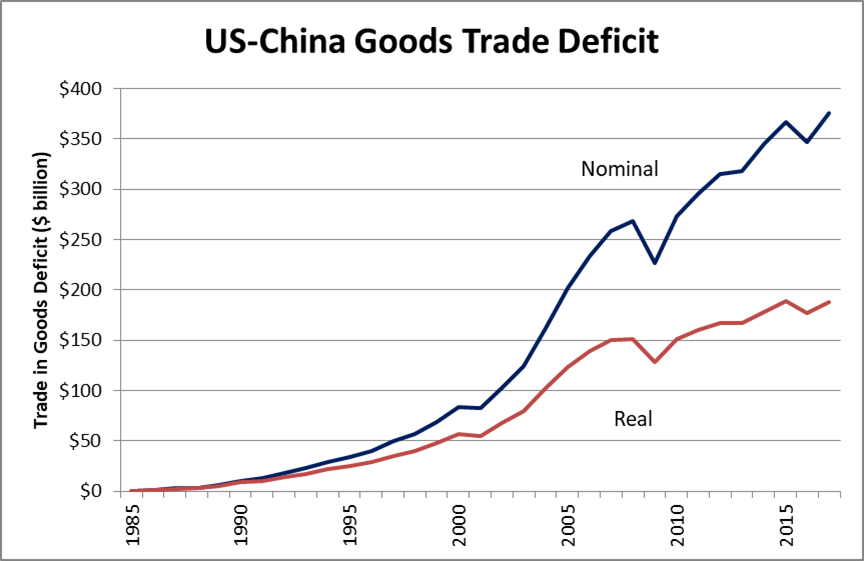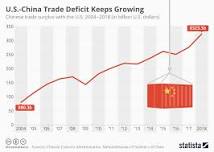Tommy Tainant
Diamond Member
US-China trade deal: Winners and losers
After more than two years of rising tension, the US and China have signed a deal aimed at calming trade frictions. The agreement has been hard-fought, but it is unclear how much economic relief from their trade war it will offer.
Tariffs - in some cases at a lower rate - will remain in place. Analysts say it's unlikely that the deal will produce gains sufficient to outweigh the losses already suffered.
So what is the consensus on this? It doesnt look like much has been resolved.
After more than two years of rising tension, the US and China have signed a deal aimed at calming trade frictions. The agreement has been hard-fought, but it is unclear how much economic relief from their trade war it will offer.
Tariffs - in some cases at a lower rate - will remain in place. Analysts say it's unlikely that the deal will produce gains sufficient to outweigh the losses already suffered.
So what is the consensus on this? It doesnt look like much has been resolved.


